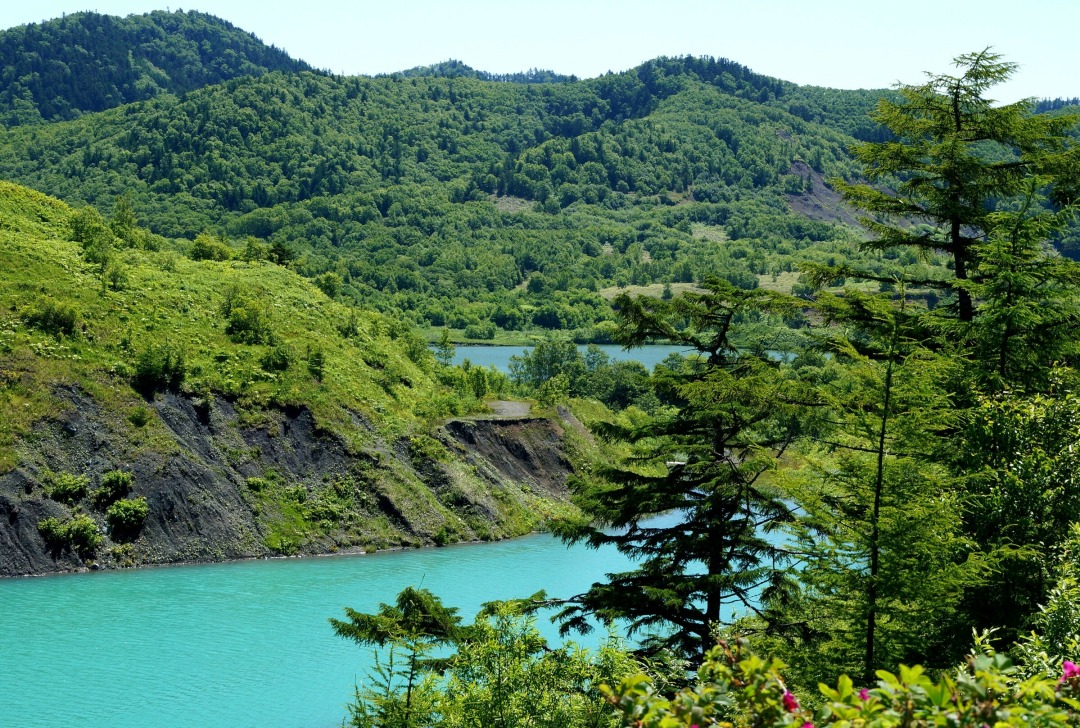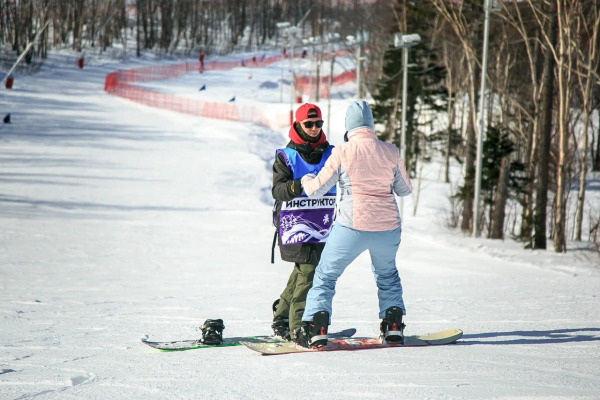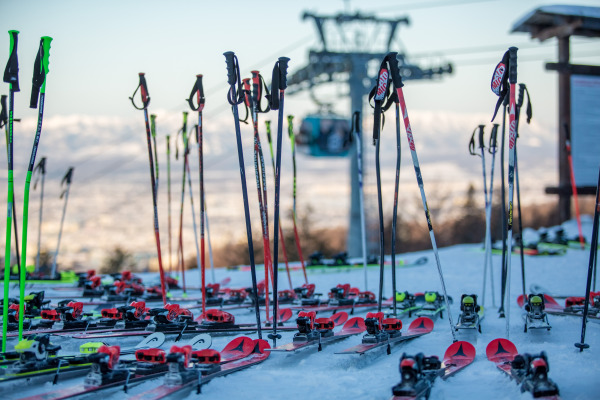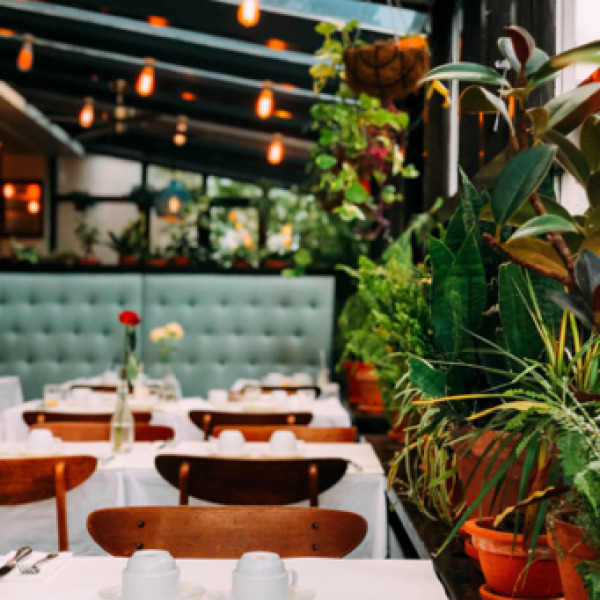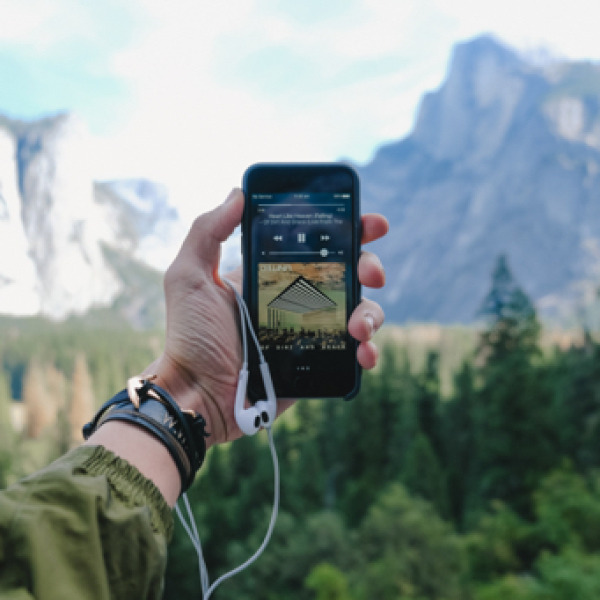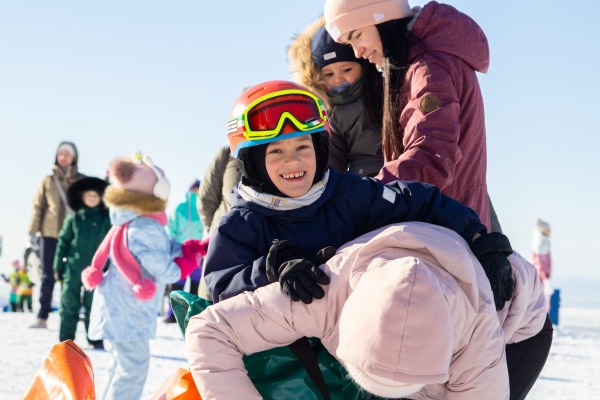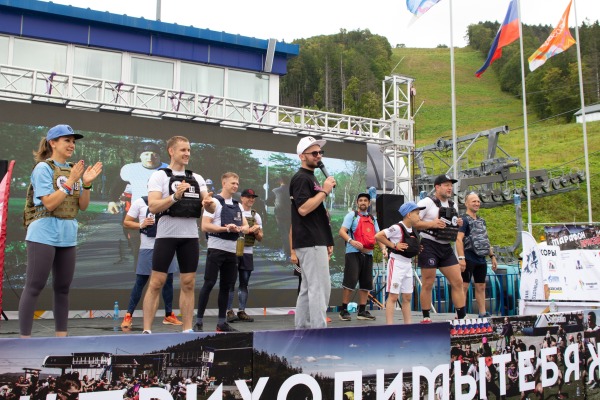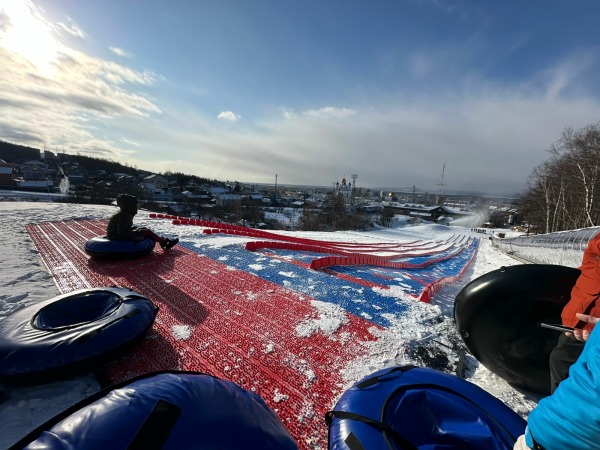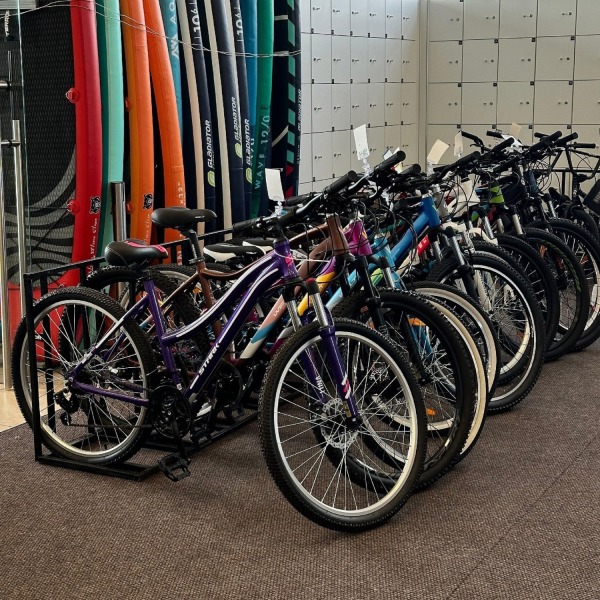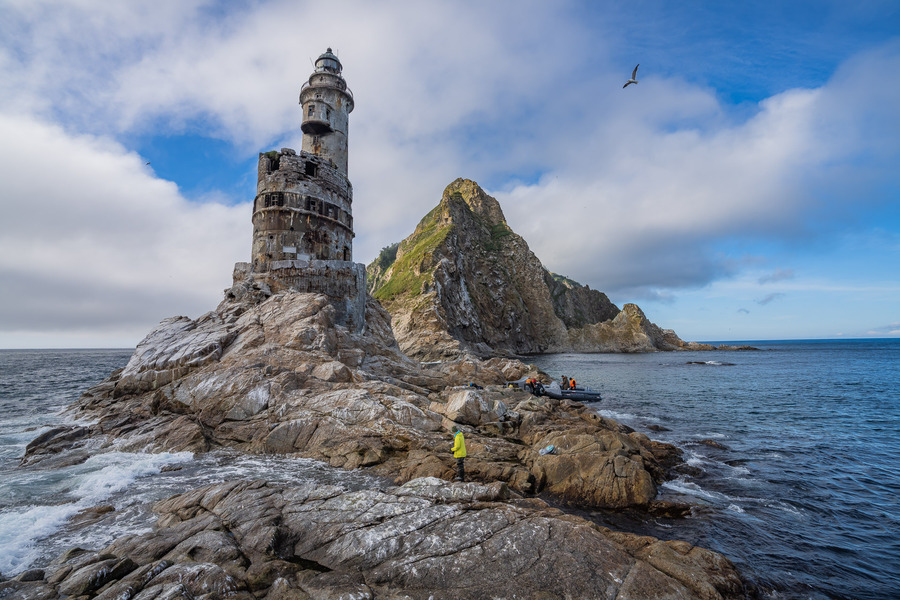
Top 10 places in Sakhalin
The largest island in Russia, which has a special microclimate, diverse flora, picturesque reliefs and a rich history, Sakhalin today welcomes tourists from all over the world who want to explore this harsh but beautiful land.
Top 10 places in Sakhalin, according to "Gorniy Vozdukh", are a must-see.
Mount Frog
Just 20 km from Yuzhno-Sakhalinsk, near the village of Vestochka, you can visit Mount Frog. The attraction got its name because of the remnant located on its top, which in its shape is very reminiscent of a frog. The path to the remnant is the easiest mountain route on Sakhalin. It can be mastered even by small children. The ascent to the Frog will take about 2 hours. From the top you can see Aniva Bay, lakes Tunaicha and Changeable.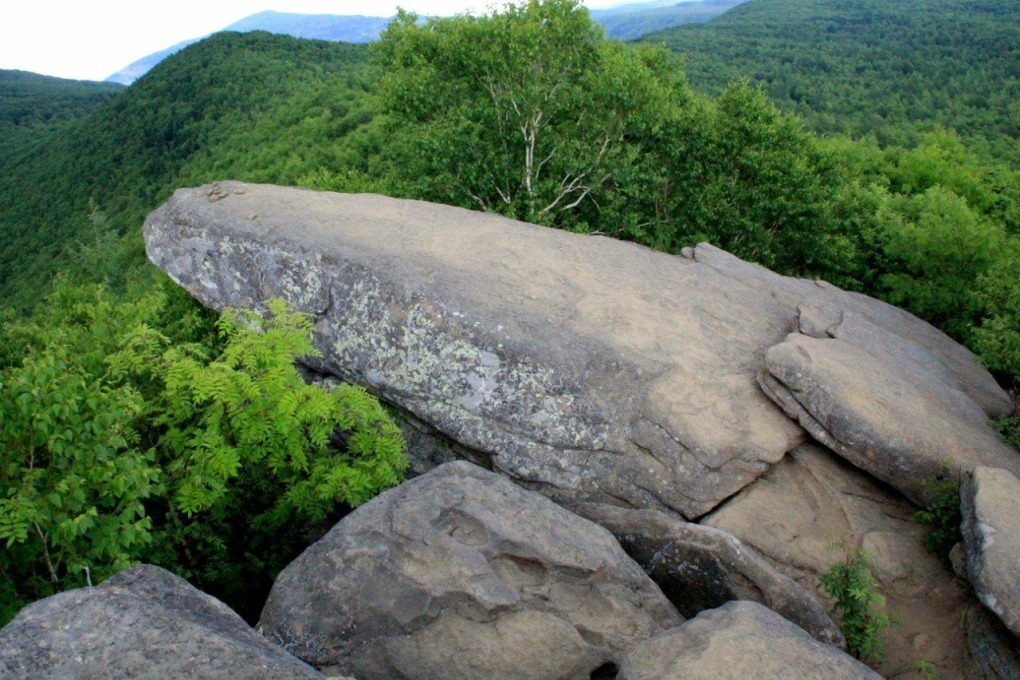
Lighthouse Aniva
For 40 years after the Russo-Japanese War, Sakhalin belonged to Japan. But there were almost no traces of the Asian heritage on the island - the Soviet government took care of it. The main surviving structure is the seven-story Aniva lighthouse, installed by the Japanese on the cape of the same name in 1939. The lighthouse has not had a permanent keeper since 1990. Until 2006, the building worked autonomously, but now it is abandoned and is gradually being destroyed. You can only get to the lighthouse by sea and only under favorable weather conditions.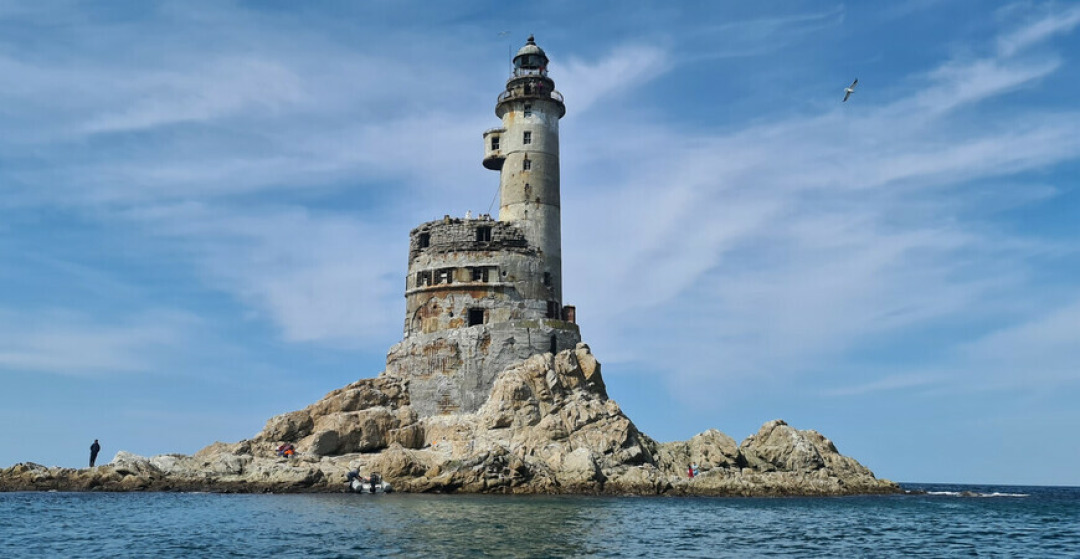
Silent Bay
Tikhaya Bay, located in Patience Bay, is considered one of the most beautiful and easily accessible bays on the island. It got its name not at all by chance - it is true that silence and peace always reign here. You can only hear seagulls nesting on the rocks. Most of the bay consists of rocks and stones. Some vacationers come with an overnight stay. You can put up a tent on a narrow sandy strip. If you're lucky with the weather, you can swim.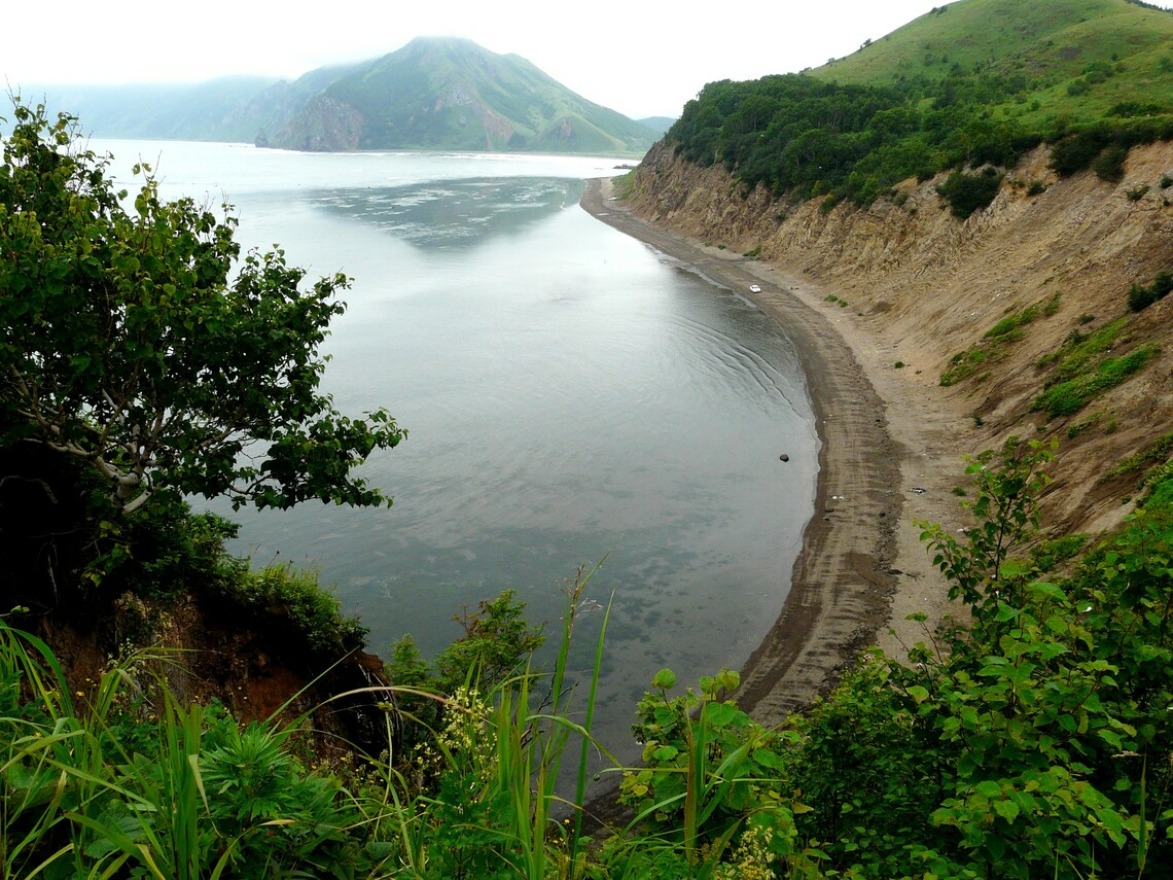
Lake Busse
Located in the Korsakov district in the southern part of Sakhalin, Lake Busse has a unique microclimate: the salty water of the Sea of Okhotsk combines with fresh water, which creates favorable conditions for the life of sea creatures. Trepangs (edible sea cucumbers), scallops, sea urchins, mussels and giant oysters are found in the reservoir, the size of the shells of which can reach 30 cm. Anfeltia, an algae that is a vegetable substitute for gelatin, also grows here. The local authorities plan to create an ecocluster (a kind of eco-farm) on the basis of Lake Busse.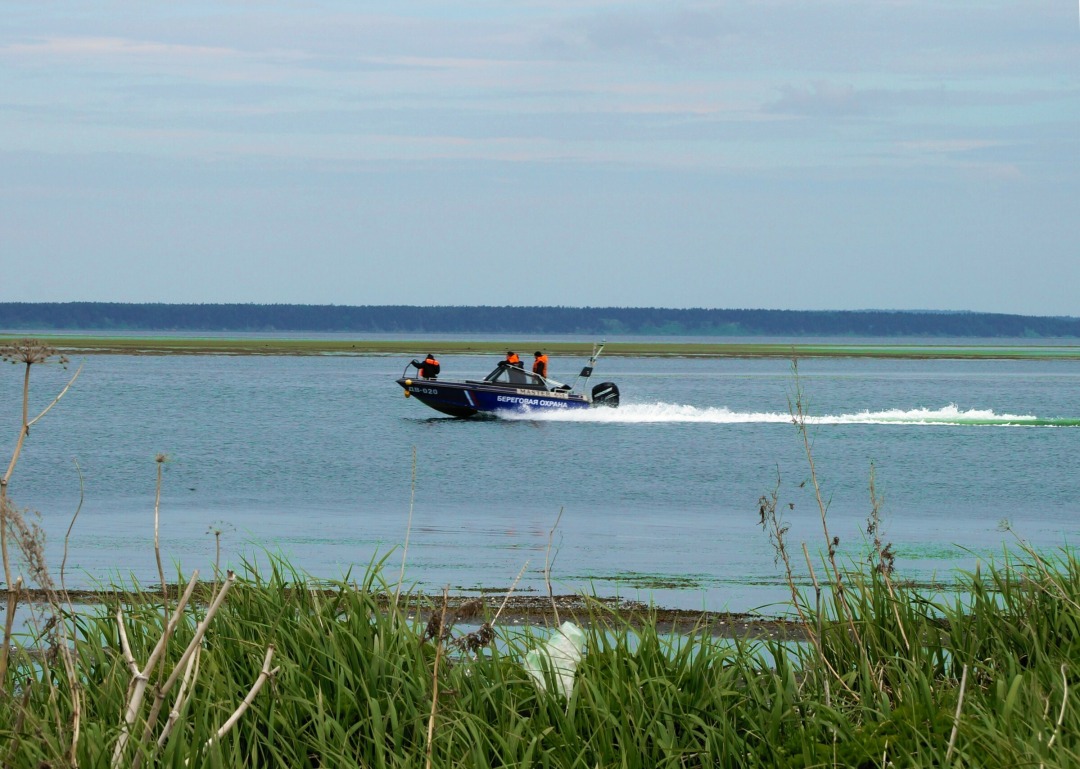
Torii of Japanese Higashi Shrine Shiraura Inari Jinja
Torii have been preserved from the Japanese religious heritage on Sakhalin. These are U-shaped ritual gates that were installed in front of Shinto shrines. In 1914, in the village of Higashi Shiraura (nowadays the village is called Seaside), the temple of Higashi Shiraura Inari Jinja was erected. Torii were installed in 1940 "in honor of the 2600th anniversary of the founding of Great Japan" (at least that's what the hieroglyphs on the right pillar say). The temple has not survived to our time - it was destroyed in the late 1940s. But the torii are still standing today.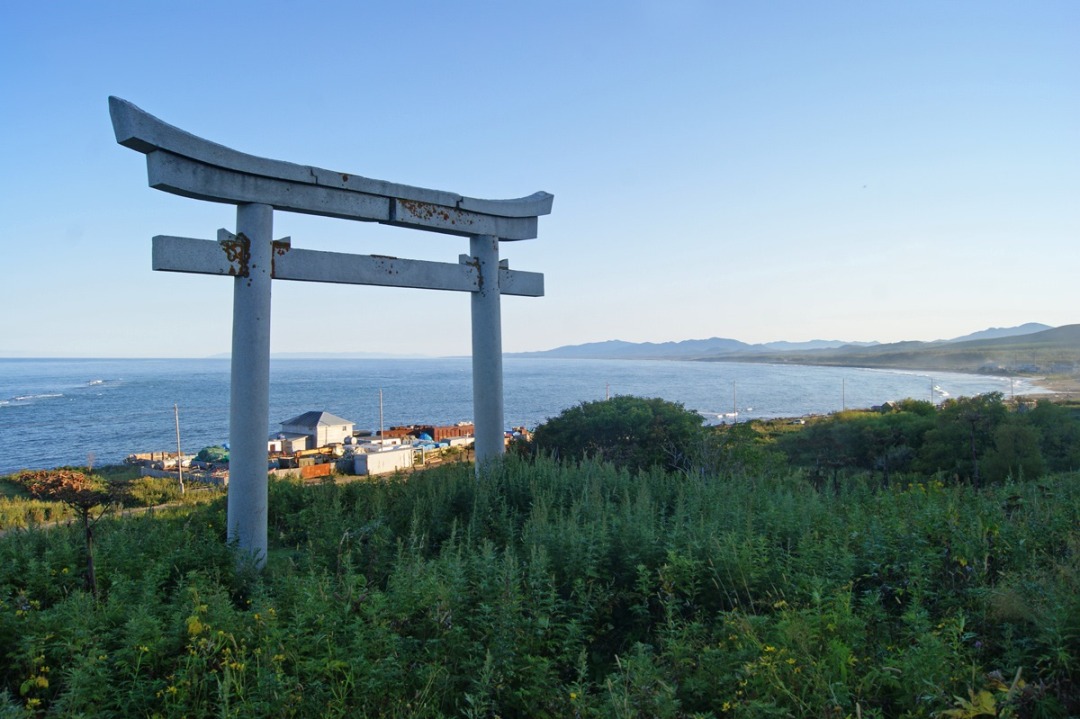
Seal Island
12 km from the southern tip of the Patience Peninsula, in the southeastern part of the island, there is a tiny island only 636 meters long and 90 meters wide. This piece of land was chosen by sea lions and fur seals, turning the local sandy beaches into their rookeries. It is not surprising that people gave this island the name Tyuleniy. And on Tyulenye, huge bird colonies, formed mainly by guillemots, gather. In a word, living creatures are simply teeming here. In order not to disturb animals and birds, large ships are prohibited from approaching the island closer than 50 kilometers, and the air zone is closed to airplanes and helicopters. Tourists can get to the island, but only with a guide.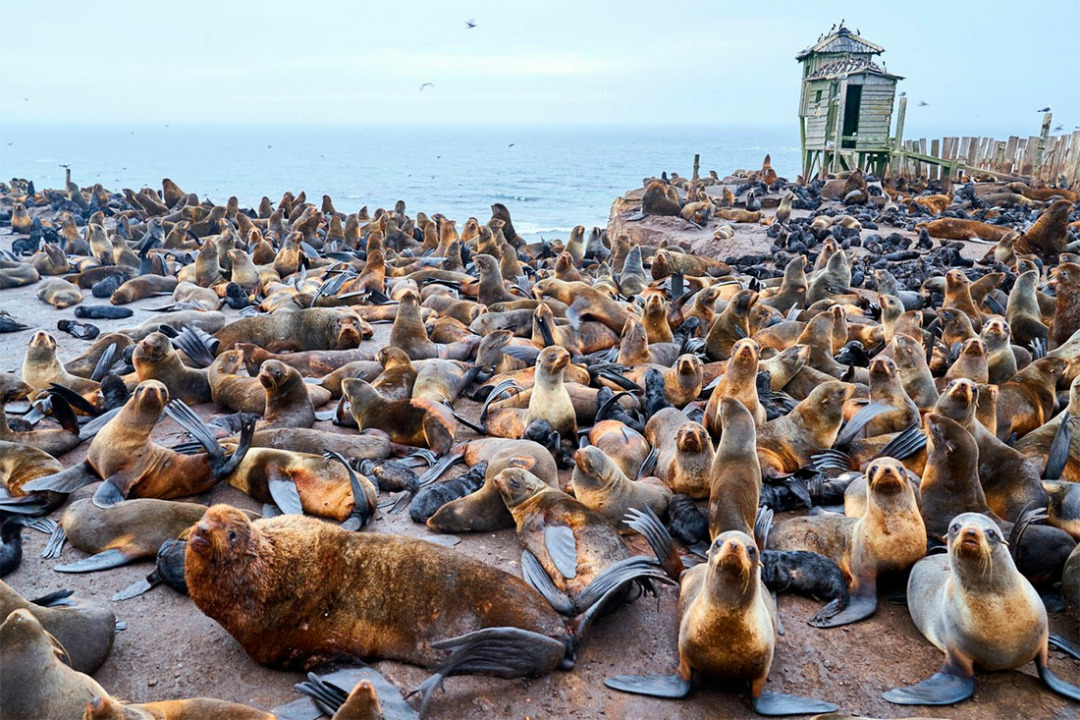
Park them. Yu. A. Gagarin in Yuzhno-Sakhalinsk
Next to the Sakhalin Zoo and Botanical Gardens is the Yury Gagarin Park. This is a place with a unique history. The features of a Japanese garden are still preserved here, including the alley of sakura. In addition to areas for walking and cafes, the park has Lake Superior, where boat rental is organized. And for children there is a children's railway.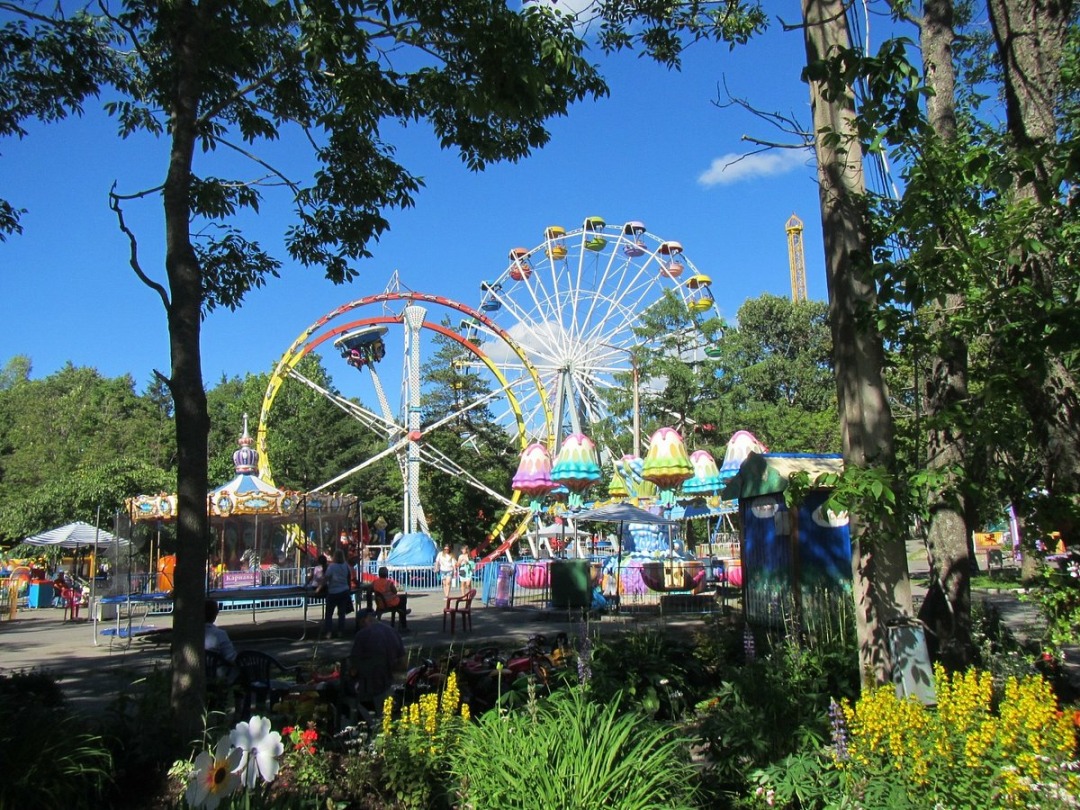
Blue (turquoise) lakes on Sakhalin
The islanders called 20 lakes in the south of Sakhalin blue or turquoise. Reservoirs with blue water were formed on the site of the Novikovsky quarries. The enterprise that owned the quarries went bankrupt and closed due to the depletion of rich ores. After some time, the deep pits filled with groundwater and turned into a popular holiday destination not only for locals, but also for tourists. However now swimming in the lakes is not recommended due to harmful chemical impurities.